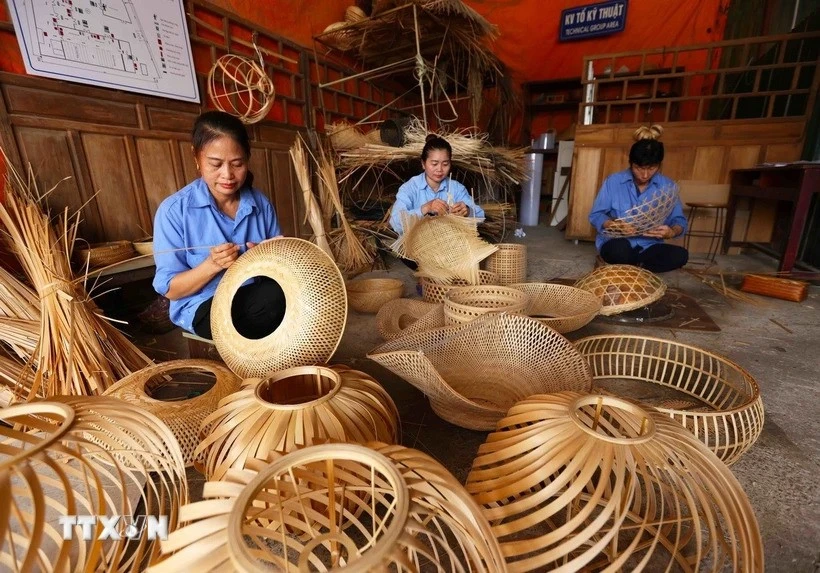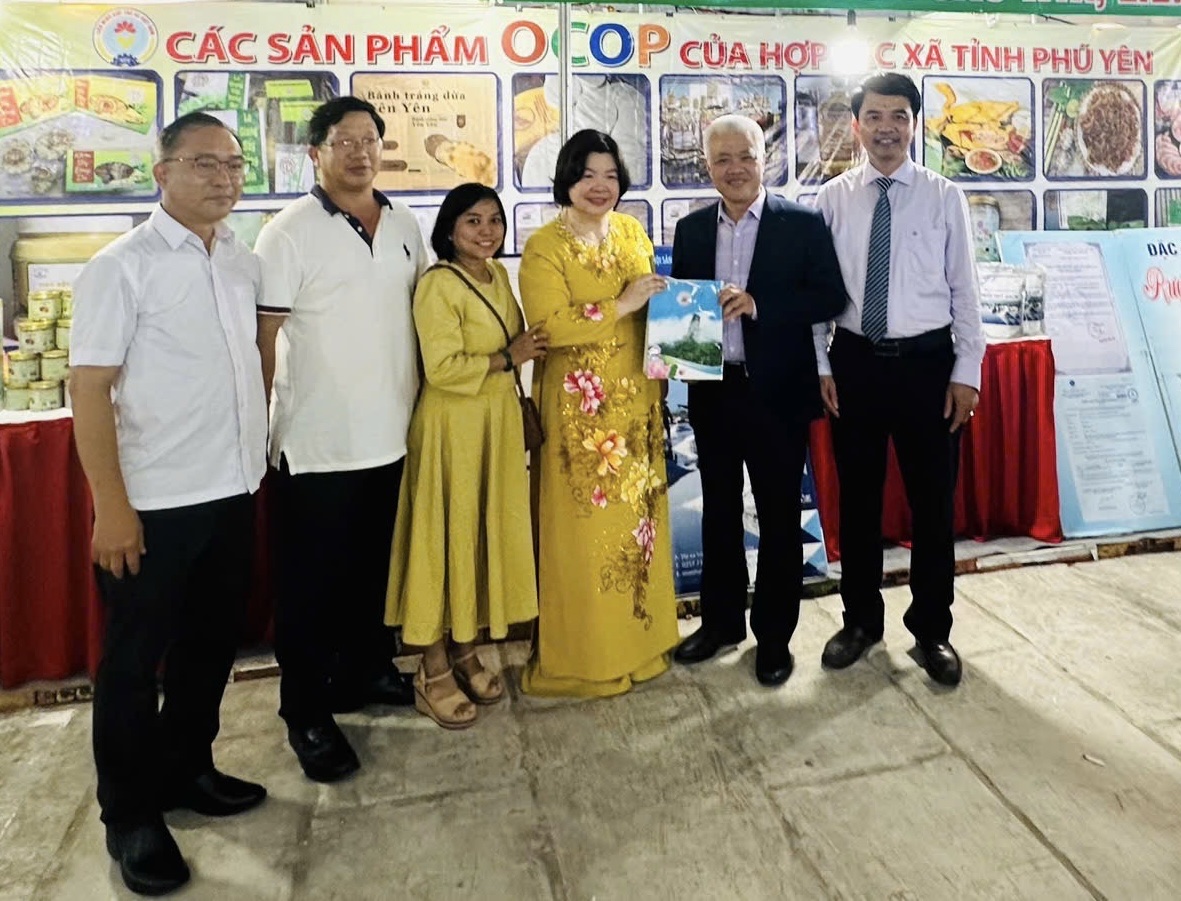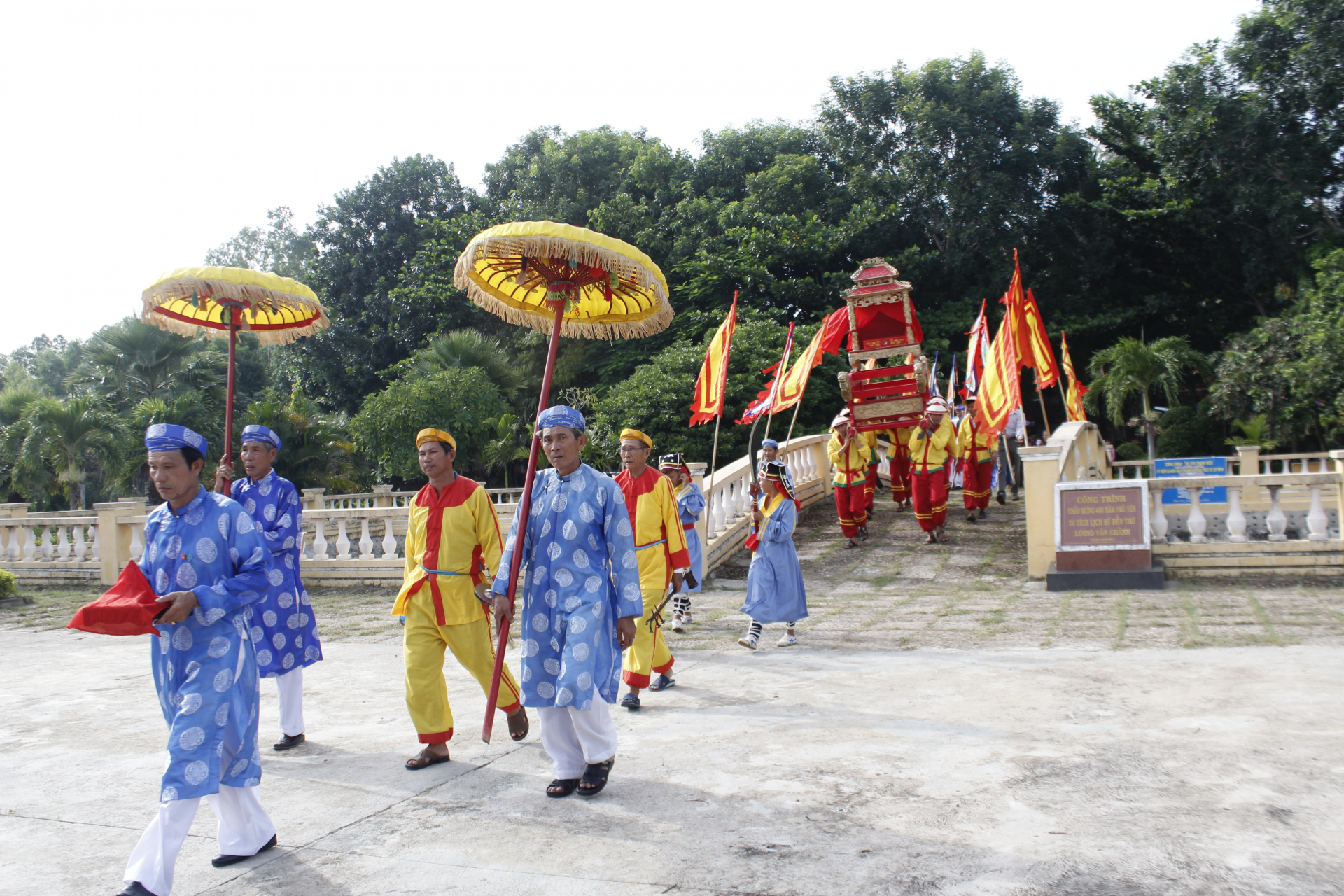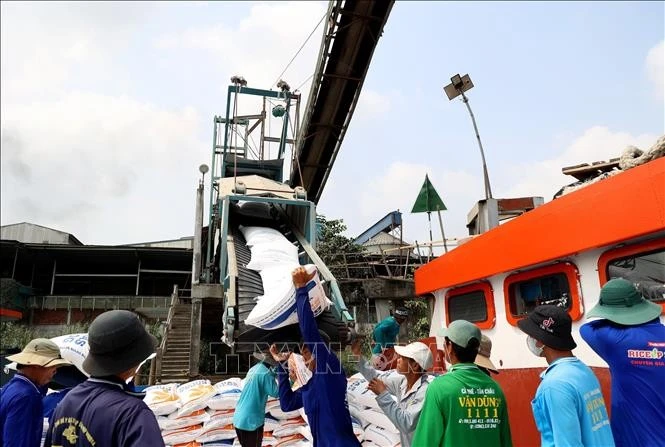Post-liberation, the coastal area of the province was mainly deserted sandbanks and scattered sand-blocking pine forests. The coastal localities also only produced agriculture and aquaculture products associated with Tuy Hoa rice fields and ocean tuna fishing. Since the re-establishment of the province, along with the process of construction and development, Phu Yen land has gradually become a bustling tourism and service area, a driving force for economic development of the whole province.
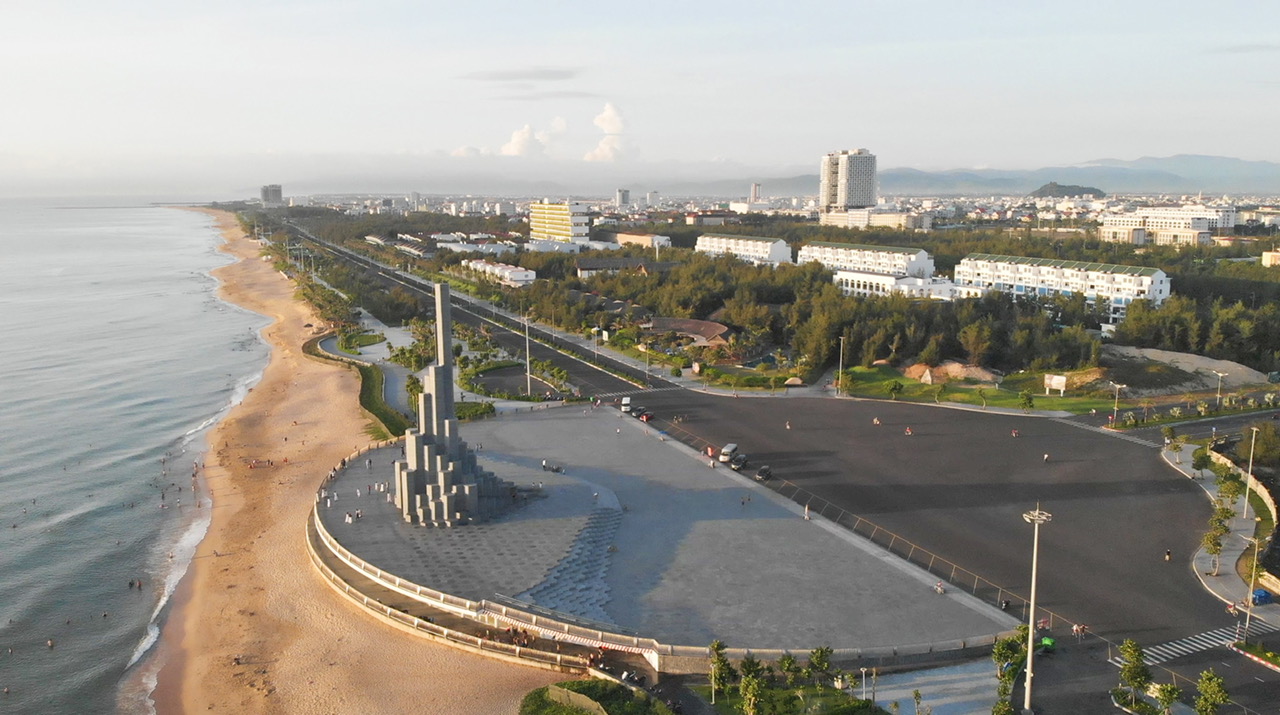 |
| Nghinh Phong Tower is a highlight of the coastal urban chain, a symbol of the land and people of Phu Yen with the aspiration to reach out to the sea |
From 1976 to 1989, the coastal area of the province was associated with the three districts of Tuy Hoa, Song Cau, and Tuy An. During this period, all three localities were purely agricultural districts, with almost no investment in urban infrastructure. After the re-establishment of the province (July 1st, 1989), Tuy Hoa became the provincial capital of Phu Yen. Since then, the coastal urban axis of the province has gradually formed and developed, marking important milestones such as Tuy Hoa from a town to a city in 2005. In the same year, Dong Hoa district was established on the basis of separation from the old Tuy Hoa district. In 2009, Song Cau was from a district to a town. In 2020, Dong Hoa town came into operation. In 2024, the Provincial People's Council approved the policy of establishing wards in Song Cau town and establishing Song Cau city. Currently, the coastal urban axis embraces the province's key urban areas, associated with 4 coastal localities including Song Cau town, Tuy An district, Tuy Hoa city, Dong Hoa town.
The 19th Action Program in 2022 of the Provincial Party Standing Committee identified the coastal urban chain as the main driving force, the coastal urban economy accounts for over 75% of the province's economic potential. It is a key economic area with the highest level of development in the province. By 2025, a chain of contiguous urban areas with a high level of development will be formed. In particular, Tuy Hoa is the provincial capital, playing the main role of driving force in promoting urbanization in depth. Song Cau is a tourism - service urban area, the northern gateway of the province, with the national tourism area of Xuan Dai Bay as the driving force for development. Dong Hoa is an industrial - service urban area, with the main driving force being the Southern Phu Yen Economic Zone. Tuy An is a service - tourism urban area with 9 national-level scenic relics, of which the O Loan lagoon and Da Dia reef are resources that create the driving force for development.
Infrastructure investment to enhance development
The 19th Action Program in 2022 of the Provincial Party Standing Committee also directed to focus on investing in the sea traffic route to connect coastal urban areas. According to the Provincial People's Committee, the Phu Yen coastal road is about 132.5km long, of which 95.5km has been completed; by 2027, it is planned to continue to complete an additional 14.7km connecting Tuy An district with Tuy Hoa city. When completed, it will be a traffic route parallel to National Highway 1, contributing to creating connections between coastal urban areas of the province.
According to the Tuy An District People's Committee, the locality has currently recovered 749 out of 859 plots of land affected by the project; approved and paid compensation to 226 households and handed over 3.8km of land to the construction unit. The district strives to ensure that the land is cleared and handed over to the investor in the second quarter of 2025 so that the coastal road connecting Tuy An with Tuy Hoa can soon be constructed and put into use as planned.
The coastal road from Song Cau town through the national scenic spot of Xuan Dai Bay to Tuy An district through O Loan lagoon, connecting a series of famous landscapes such as Da Dia reef, Hon Yen complex; to Tuy Hoa city, reaching the Nguyen Huu Tho - Doc Lap intersection. Few people know that the coastal section from Nguyen Huu Tho Street to Nguyen Hue Street is a wind funnel that has a great impact on the coastal area, significantly affecting the development of sea tourism. But now, thanks to infrastructure investment, the area has become a unique and bustling urban architectural space with a series of works such as Nghinh Phong Tower, stone cultural park, fountain, etc. The weaknesses of nature are limited, turning this place into an ideal tourism destination.
Mr. Le Van Thung, Chairman of the Provincial Association for Nature and Environment Protection, said: Since 1976, the coastal section of Tuy Hoa city has been planted with trees for many years but all were unsuccessful. It was not until after 1989 that Phu Yen province invested in a green strip of trees along the coast to protect urban areas, residential areas, tourism areas, etc., so a strip of pine forests was formed to block waves and sand. To meet the new development needs, the coastal area has been exploited in the direction of tourism and services, so the province continued to build many valuable architectural works.
Nghinh Phong Tower became a symbol of Phu Yen province because it is not only a modern, highly aesthetic architectural work but also carries the spirit of reaching out to the sea and conquering nature. Tuy Hoa sea in particular and the coastal area of the province in general, stretching from the Ba river estuary (Tuy Hoa city) to the Da Nong estuary of the Ban Thach river (Dong Hoa town), after 50 years it was from a barren flatland to a green casuarina forest with little economic value, to the present, a high-class entertainment, swimming and resort area.
Economic driving force of tourism - services
The sea has shaped the development space for Phu Yen province from the past to the present. The coastal area of the province with a 189km-long coastline associated with a series of famous scenic spots is a great potential for promoting tourism and services. According to Mr. Ho Quang De, Secretary of Song Cau Town Party Committee, last year the town's tourism activities had many improvements, especially sea, resort and ecological tourism. Tourists to the locality reached 760,000 turns, 17,800 of whom were from overseas. Total tourism revenue reached VND 699 billion. Tourism promotion and advertising activities have been implemented in many diverse forms. Tourism products and types are increasingly diverse. Accommodation facilities have developed in both quantity and quality. Infrastructure serving tourism development has been gradually completed, basically meeting the needs of tourists.
2025 marks the 20th anniversary of Tuy Hoa city. During the journey, Tuy Hoa city has transformed from a purely agricultural town into a dynamic urban area with an economic scale that has increased 10.4 times; per capita income has increased 7.1 times; the economic structure has shifted towards trade and services. According to the Tuy Hoa City People's Committee, in 2005, trade and services accounted for only 39.1% of the city's economic structure. 20 years later, the proportion of this industry accounted for 54.5%.
Dr. Ngo Trung Hai, General Secretary of the Association of Vietnamese Cities, said: Phu Yen's use of a chain of coastal urban areas as a driving force lies in the general development of urban areas in Vietnam. These urban areas are mainly located on the coast and taking advantage of their coastal location. As a latecomer province, Phu Yen's advantage is its flexibility in urban development according to long-term planning, easily forming coastal architecture that is both modern and combines local identity, has highlights and adapts and withstands natural disasters.



